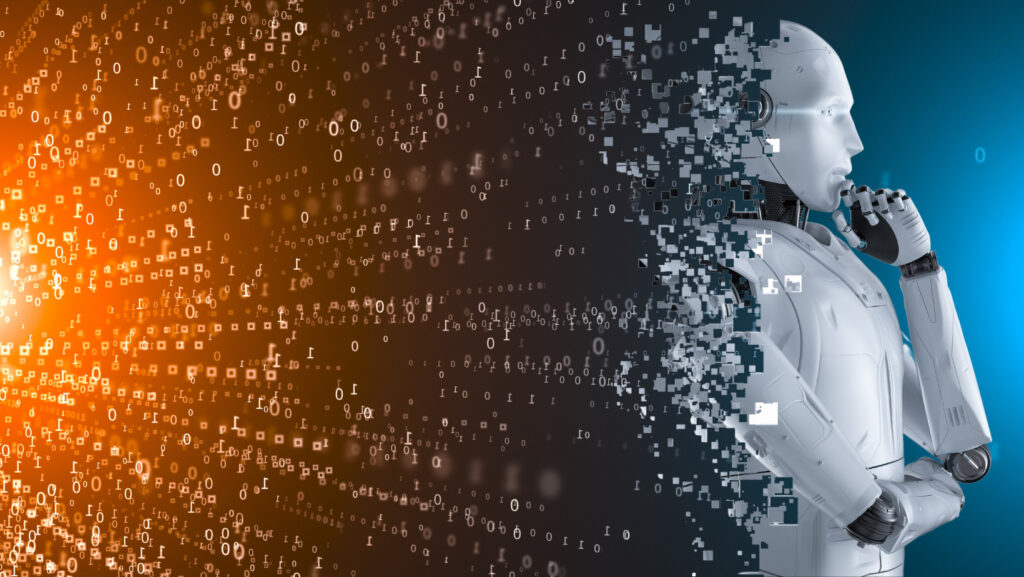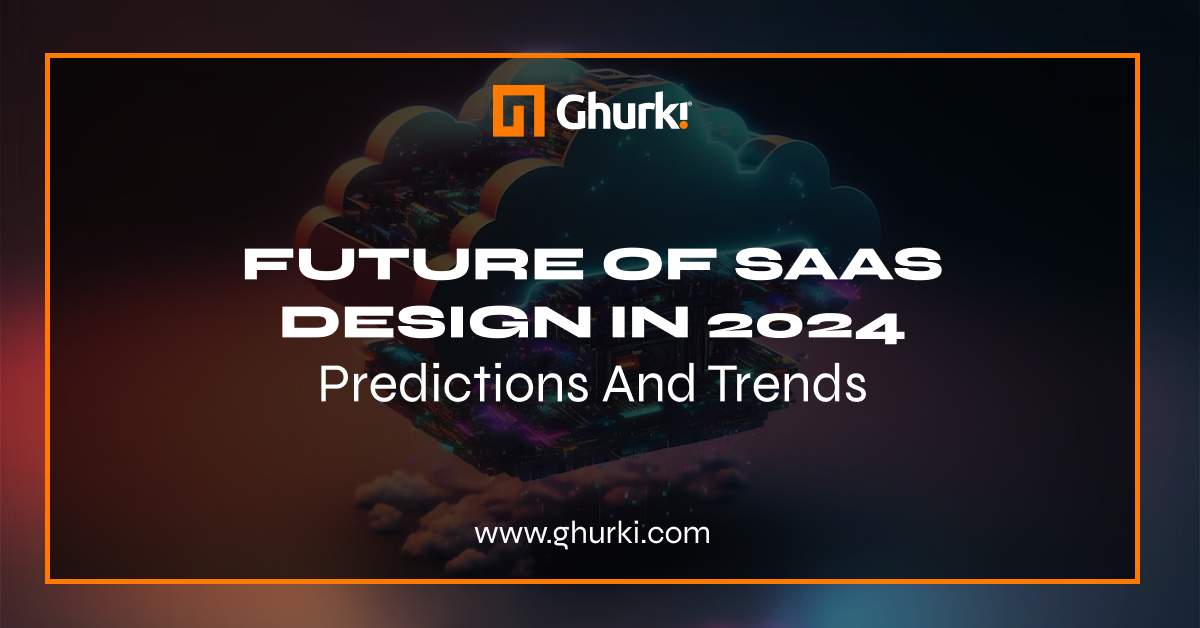Introduction
SaaS design is a rapidly evolving field, with new trends and technologies emerging all the time. As businesses increasingly adopt cloud-based solutions, the demand for well-designed SaaS products is only going to grow in the coming years. The “Future of SaaS Design” is an essential aspect to consider in this ever-changing landscape.
So what does the future hold for SaaS design? In this article, we explore some of the key predictions and trends for 2024. We’ll look at how AI, personalization, and immersive experiences are changing the way SaaS products are designed and used.
The Rise of AI

AI is already having a major impact on SaaS design, and its influence is only going to grow in the coming years. AI-powered tools can help designers create more personalized experiences, automate repetitive tasks, and generate new ideas.
Here are a few specific examples of how AI is being used in SaaS design today:
- Personalization: AI can be used to personalize the SaaS experience for each individual user. For example, AI can be used to recommend features, content, and settings based on the user’s past behavior and preferences.
- Automation: AI can be used to automate repetitive tasks, such as generating code, testing designs, and creating user documentation. This can free up designers to focus on more creative and strategic work.
- Ideation: AI can be used to generate new ideas for SaaS products and features. For example, AI can be used to identify user pain points, analyze market trends, and explore new technological possibilities.
The Focus on Personalization
Users are increasingly expecting personalized experiences from the SaaS products they use. They want to see content and features that are relevant to their individual needs and preferences.
In 2024 and beyond, we can expect to see even more focus on personalization in SaaS design. Designers will use data and analytics to better understand their users and create more personalized experiences.
Here are a few specific ways that SaaS designers are personalizing the user experience today:
- Tailoring the homepage: The SaaS homepage can be tailored to each individual user by displaying different content and features based on the user’s role, permissions, and past behavior.
- Recommending features and content: AI can be used to recommend features and content to users based on their past behavior and preferences. For example, a CRM system might recommend leads to follow up with or a marketing automation platform might recommend email campaigns to send.
- Adaptive UIs: Adaptive UIs can automatically adjust to the user’s screen size, device type, and preferences. This ensures that the user always has a personalized experience, regardless of how they are accessing the SaaS product.
The Emergence of Immersive Experiences

Immersive experiences, such as virtual reality (VR) and augmented reality (AR), are becoming increasingly popular. And as these technologies become more accessible and affordable, we can expect to see them used more widely in SaaS design.
Immersive experiences can be used to create more engaging and interactive SaaS products. For example, VR can be used to train sales reps on new products or AR can be used to help customers visualize how a product will look in their home.
Here are a few specific examples of how immersive experiences are being used in SaaS design today:
- Sales training: VR is being used to train sales reps on new products and services. For example, a VR headset can be used to simulate a sales meeting or a product demo.
- Product visualization: AR is being used to help customers visualize how a product will look in their home or office. For example, an AR app can be used to place a virtual sofa in your living room or to try on a pair of virtual glasses.
- Customer support: AR is also being used to provide customer support. For example, an AR app can be used to guide a customer through a troubleshooting process or to help them assemble a product.
Also Read: Web Design for the New Era in 2024
Other Trends and Predictions
The rise of headless design
Headless design is a new approach to SaaS design that separates the front-end presentation layer from the back-end functionality. This gives designers more flexibility to create custom user experiences. Headless design is becoming increasingly popular as it allows designers to use the latest web development technologies and frameworks, such as React and Vue.js, to create more engaging and interactive SaaS products.
The growing importance of accessibility
As SaaS products become more widely used, it is important to make sure that they are accessible to all users. This means designing for users with disabilities and supporting a variety of devices and screen sizes. In 2024 and beyond, we can expect to see even more focus on accessibility in SaaS design. Designers will use tools and technologies to ensure that their products are accessible to everyone, regardless of their abilities or the device they are using.
The increasing use of low-code/no-code platforms
Low-code/no-code platforms are making it easier for businesses of all sizes to create and deploy SaaS products. These platforms provide a visual interface and drag-and-drop functionality, which allows users to create complex applications without having to write any code. In 2024, we can expect to see even more businesses using low-code/no-code platforms to create SaaS products. This will open up the SaaS market to a wider range of businesses and individuals.
Wrap-up
The future of SaaS design is bright, with a number of exciting trends and predictions on the horizon. AI, personalization, and immersive experiences are just a few of the key developments that we can expect to see in 2024 and beyond.
SaaS designers who embrace these trends will be well-positioned to create products that are more engaging, user-friendly, and successful.
I hope this article has given you some insights into the future of SaaS design. If you have any questions or comments, please feel free to leave them below.
FAQs
Q: What are the benefits of using AI in SaaS design?
A: AI can help SaaS designers to:
- Create more personalized experiences for each individual user.
- Automate repetitive tasks, such as generating code and testing designs.
- Generate new ideas for SaaS products and features.
Q: What are the benefits of personalizing the SaaS user experience?
A: Personalizing the SaaS user experience can lead to a number of benefits, including:
- Increased user engagement and satisfaction.
- Improved user retention and loyalty.
- Increased conversions and sales.
Q: What are the benefits of using immersive experiences in SaaS design?
A: Immersive experiences, such as VR and AR, can be used to create SaaS products that are more engaging, interactive, and informative. Immersive experiences can also be used to reduce training time and improve customer support.
Are you aiming to enhance your online presence and provide an exceptional digital experience for your audience? Your search ends with Ghurki Design. Our team of proficient UI/UX designers is dedicated to transforming your vision into reality through captivating and immersive designs.


